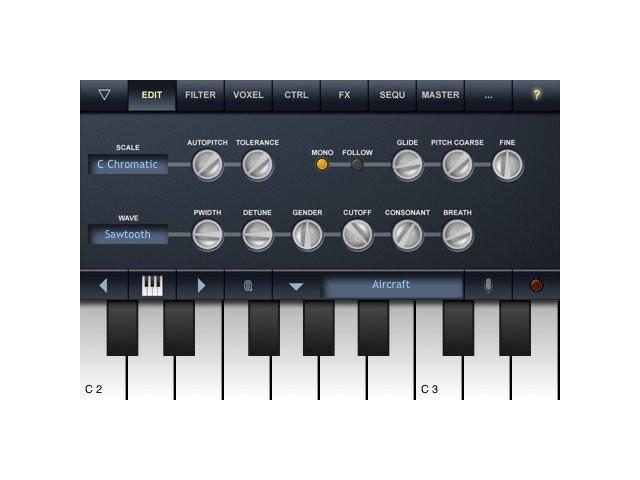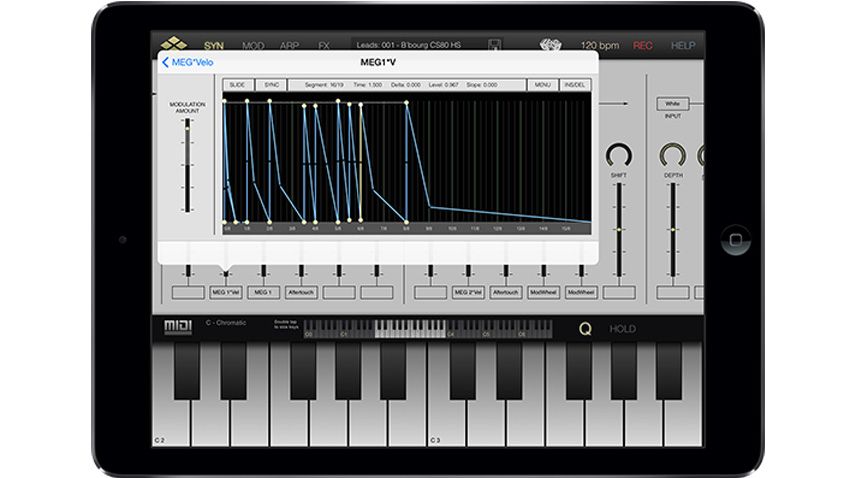
It has been widely used for various medical applications and research purposes, including diagnoses, treatment planning and assessment of a variety of cases utilizing CT, CBCT, MRI, and 3D ultrasound –.

#Ivoxel comparison registration#
Recently, a new method was introduced to the medical research field known as voxel based registration (VBR). This type of registration is often referred to as surface based registration.

This is followed by an iterative process (Iterative Closest Point (ICP) algorithm) which minimises the surface distance between the two surfaces. The principle involves approximating two surfaces by selecting corresponding landmarks on the two images and translating and rotating one of the images so the landmarks align. Surface based registration (SBR) was the initial method described for 3D image superimposition. The 3D rendered model can then be used for visualising the skeletal or soft tissue anatomical surfaces. The 3D volumetric image can be converted into 3D surface models using mathematical algorithms such as the Marching cubes algorithm. Each voxel has a unique grey scale value which depends on the opacity of the structure scanned in that volume. Voxels are volumetric units with isotropic x, y, and z dimensions stored in a DICOM format (Digital Imaging Communication in Medicine). The output image volume is composed of small units called voxels, the dimensions of which depend on the selected image resolution.
However, the superimposition technique of pre- and post-operative 3D images is more complex due to the 3D nature of the images. Quantifying the surgical changes using 3D images follows the same method as the traditional 2D analyses with the addition of the third dimension (the depth), which augments the amount of information obtained from the facial image. The use of low dose cone beam CT scans (CBCT) has now allowed capture of the skeletal and soft tissues in three-dimensions. Traditionally skeletal and soft tissue changes following orthognathic surgery have been assessed in two dimensions by superimposing pre- and post-operative lateral cephalographs on stable skeletal structures such as the anterior cranial base, or by comparing linear and angular cephalometric measurements.


 0 kommentar(er)
0 kommentar(er)
